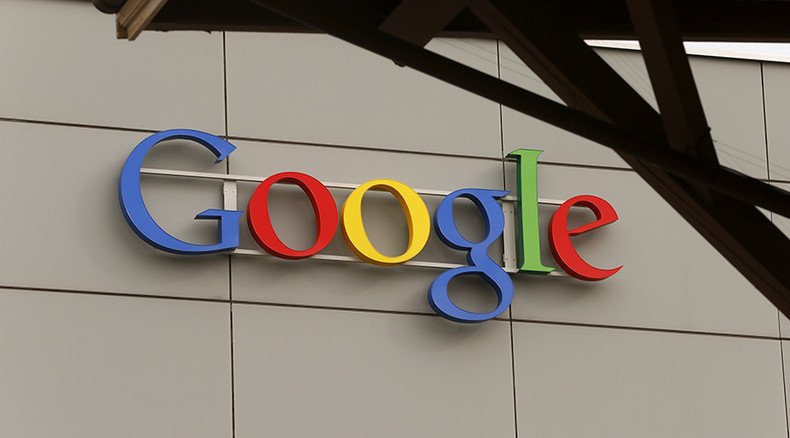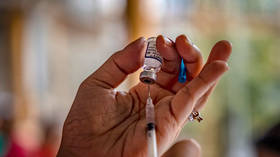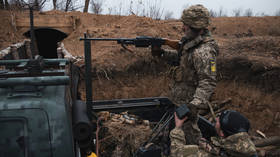Too diverse? Google’s Veterans Day doodle triggers debate

Internet users were either elated or troubled by Google’s Veterans Day “doodle” – and for the same reason. People of color outnumbered whites in the image, but critics said the celebration of diversity was misplaced.
On holidays, anniversaries, or special occasions, Google likes to spruce up its home page with images it calls “doodles.” They are supposed to be little niceties for an otherwise predictable website, but inevitably someone is offended and the doodles become something bigger than their original purpose.
This Veterans Day, the Google doodle was too diverse for some.
A blogger at Unz.com wrote:
“Is the man in the second row waving to say, ‘Hey, there are white guys in the military, too’? Or is he saying, ‘I’m actually Filipino; it’s the pale faceless folks in the third row who are the white men who do most of the fighting and dying’?”
Others saw it as not diverse enough:
NO, Google, this is NOT DIVERSE ENOUGH. Where is the disabled representation pic.twitter.com/q7G8QMnF2e
— Milo Yiannopoulos (@Nero) November 11, 2015Others let the diversity issue slide, wondering what was up with the man in the middle.
Lol wtf Google why is the Marine the only one in a biker vest with no uniform? pic.twitter.com/gvV79adXTX
— Maximilian Uriarte (@TLCplMax) November 11, 2015Those outraged by too much diversity in the Veterans Day doodle point to the fact that most veterans are white. True enough, a 2013 study by the National Center for Veterans Analysis and Statistics (NCVAS) found that 66.3 percent of veterans since 9/11 were white. In 2011, NCVAS predicted minority veterans would surpass one-third of the total veteran population by 2040, though the prediction also said veterans as a whole would become a smaller group.
Last year, the criticism directed at Google was quite the opposite. A report by the gender justice activist group SPARK Movement accused Google that its doodles weren’t diverse enough. From 2010 to 2013, the report found, doodles with people showed women only 17 percent of the time. Women of color were represented even less, coming in at just 4 percent of all doodles.
Roughly 10% U.S. death row inmates are military vets; new report recommends clemency https://t.co/CtNQMwSXUVpic.twitter.com/4IVpR2Bjim
— RT America (@RT_America) November 11, 2015Doodles on Google have marked every Veterans Day since 2007. The first two years featured military headwear sitting atop the logo’s letters. In 2009, a standing veteran was shown from the torso down, trading salutes with a little girl. 2010 and 2011 featured no images of people, with Google opting for an American flag blowing in the wind and basking in the sun, and then a tree with a yellow ribbon tied around it.
No veterans appeared in 2012, either, just a boy playing trumpet beneath an American flag on a daisy-covered hill. Elderly veterans on a parade float starred in the 2013 doodle, and 2014 featured more youthful veterans: a woman out front, flanked by three men and another woman. For those keeping score, two of the three men were dark-skinned and standing behind the white one.











